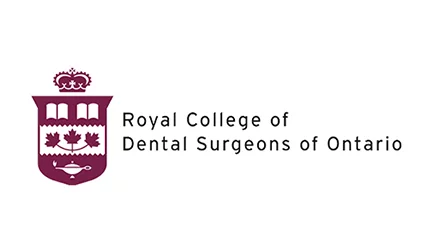SEALANTS: AN EFFECTIVE WAY TO PREVENT TOOTH DECAY
Dental sealants can effectively prevent tooth decay and cavities in children and are considered an oral treatment procedure. They are thin, protective coatings that are placed in the grooves of your child’s posterior teeth to eliminate the accumulation of bacteria. The sealants are fabricated with a combination of several materials, including:
- Fillers
- Composite resins
- Tooth-coloured plastics
- Chemicals
Out of all these materials, the sealants manufactured from composite resins are the most popular ones because of their durability, effectiveness, and tooth-coloured appearance. Composite resin is capable of protecting teeth from cavities for prolonged periods and has higher retention than sealants made from other dental materials.
A cavity is a hole that forms on the surface of a tooth. Cavities are caused when sugars in the food we eat and bacteria in our mouths mix together, producing a mild acid that eats away at the outer layer of our teeth (called enamel).
To help prevent cavities, one of our dentists or hygienists can apply a hard coat of resin, called a sealant, to the biting surface of your children’s molars or back teeth. This coating fills in the pits and grooves of the teeth (where cavities often start) and acts as a barrier between the teeth and the decay-causing acids that form in the mouth.
Contact Us Today to Book an Appointment! call (519) 485-4951 or click here
TYPES OF SEALANTS
Sealants are classified into multiple types depending on the polymerization methods, the type of fillers, and the material used in their composition.
However, the most common sealants are:
1. GLASS IONOMER SEALANTS
The glass ionomer sealants are hydrophilic, chemically bonded to tooth surfaces and provide the utmost protection from bacteria accumulation. They comprise properties like low thermal expansion, higher susceptibility to desiccation, and generally shrink less during the placement process as compared to other types of sealants. Moreover, they are stiffer than other materials of sealants.
2. COMPOSITE RESIN SEALANTS
The composite resin sealants effectively prevent bacterial accumulation in pits and fissures of children’s and adolescents’ posterior teeth. Composite resin is a widely used and preferred material for sealants as it does not affect dental aesthetics.
The composite resins are fabricated according to the wearer’s tooth shape, size, and colour, providing them with a natural-looking smile. The general properties of the composite resins include low susceptibility to desiccation, higher tensile strength, and no acid-base bonding.
Moreover, they usually shrink a little bit more during the placement procedures than other sealants and are considered to be more durable against dental caries and provide protection for prolonged periods.
3. POLY-ACID MODIFIED SEALANTS
The poly-acid modified sealants are also termed copolymers. These sealants are fabricated from resin materials that release fluoride while providing protection against tooth decay and have adhesive properties.
A study has shown that sealants can protect your teeth from cavities by 80% in the first two years and 50% for up to four years. The sealants protect the chewing surfaces of molars or back teeth from decay by covering them with a protective shield that blocks out food particles and germs.
4 SIGNS YOU MIGHT NEED TO HAVE DENTAL SEALANTS
- Increased risk of cavities. The most common reason why people choose dental sealants is to significantly reduce the risk of developing a cavity.
- Plaque and tartar buildup.
- Teeth discolouration.
- Presence of cavities in the molars or premolars.
ESTIMATED COSTS OF DENTAL SEALANTS
Dental sealant costs generally vary based on their types and on your region. However, on average, sealants can cost you around $30 to $40 per tooth. Sealants are the quickest, most effective and most economical dental treatment and deliver long-lasting results.
Furthermore, dental sealants require less time in the placement procedure and are relatively easier to apply than other dental restorative procedures like fillings or crowns. Sealants effectively minimise the risks of tooth decay and give the wearer the most effective and significant results.
In Toronto, you can find various clinics where sealant treatment is available. However, Ingersoll Dental can prove to be your best choice as we aim to provide high-end dental services to our clients at the most affordable rates. We consider your comfort our top concern and effectively resolve all dental irregularities or distortions of our clients, providing them with a healthier, bright, and beautiful smile.










